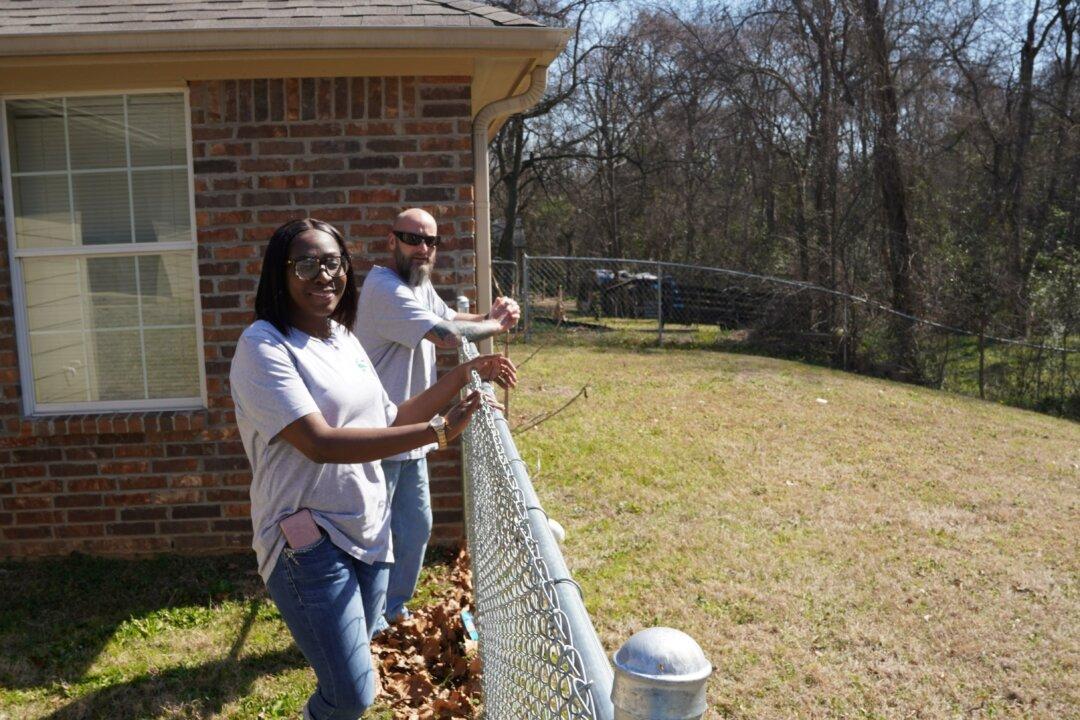One of many programs at the non-profit People Attempting to Help, or PATH, in Tyler, Texas, is one to help the homeless have a home.
How does renting a six-year-old, 1,800-square-foot, three-bedroom, two-bath home, for $650 a month sound?

One of many programs at the non-profit People Attempting to Help, or PATH, in Tyler, Texas, is one to help the homeless have a home.
How does renting a six-year-old, 1,800-square-foot, three-bedroom, two-bath home, for $650 a month sound?